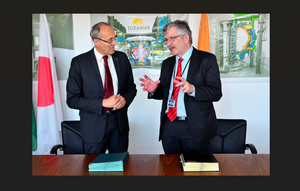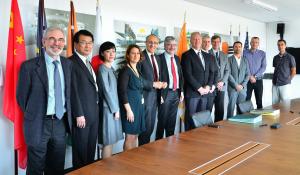Welcome Australia!
For the first time in its history, the ITER Organization has established a formal path to technical collaboration with a non-Member state: Australia. On Friday 30 September, the ITER Organization signed a Cooperation Agreement with the Australian Nuclear Science and Technology Organisation (ANSTO), a national research organization representing the Australian nuclear fusion community for the purposes of the Agreement. A framework is now in place for technical cooperation in areas of mutual interest and benefit.
For Australia's small but active community of fusion scientists and engineers, this formal welcome from the ITER Organization and the seven ITER Members to engage directly in the ITER Project is an achievement that has been a long time in the making.
The chance for closer involvement in ITER came about when the fusion community encountered an advocate in Adi Paterson, the Chief Executive Officer of the Australian Nuclear Science and Technology Organisation (ANSTO). In agreeing to represent the Australian fusion community, this federal research organization is provoking a "multiplier effect," convening power at a federal level for universities and research institutes that are mostly based in the States.



